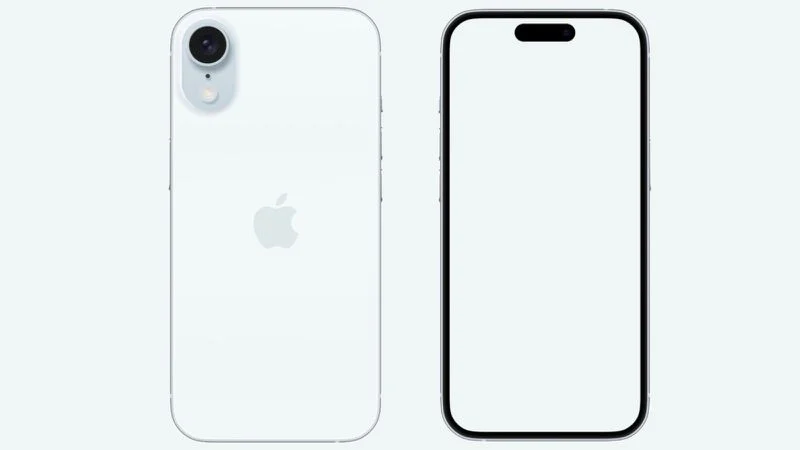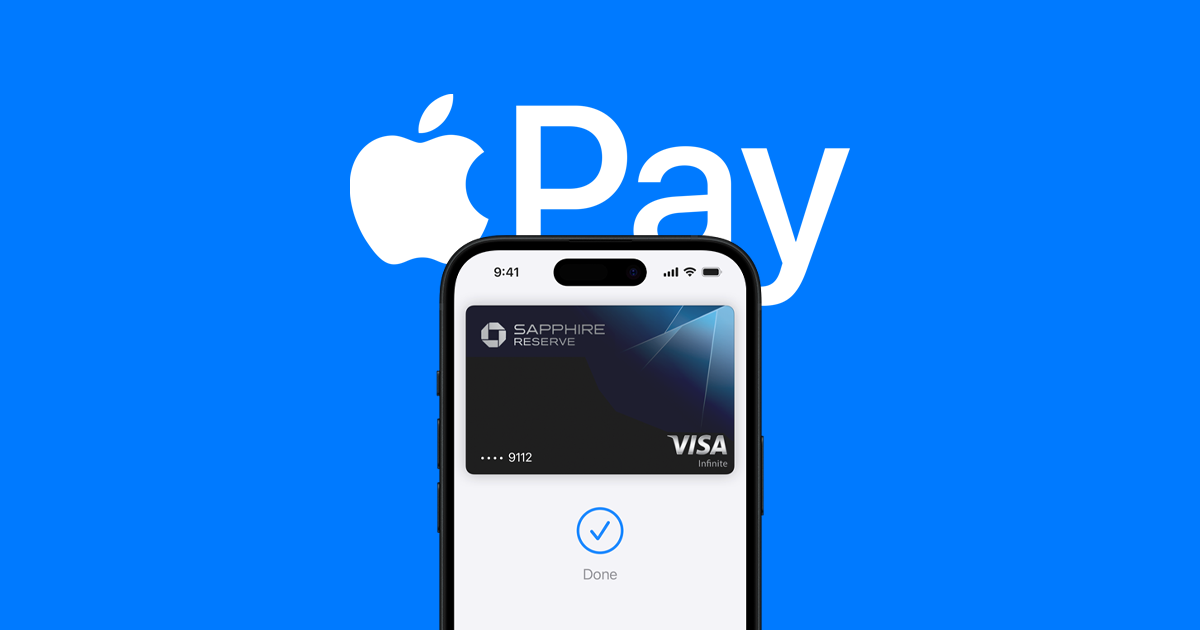Apple’s latest Macs with their own special chips are set up to automatically turn on when you open the lid or plug them in. But if you’re not a fan of this, there’s a way to stop it in macOS Sequoia.
In a helpful guide, Apple explains how you can tweak your Mac so it doesn’t start up when you’d rather it stay off. Here’s what you need to do:
- Check your macOS: Ensure your Mac with Apple’s chip is running macOS Sequoia or a newer version.
- Open Terminal: Find the Terminal app in the Utilities folder under Applications.
- Enter the Command: Type one of these commands into Terminal, then hit Enter:
- To stop startup when opening the lid or plugging in: [sudo nvram BootPreference=%00](https://x.com/i/grok?text=sudo%20nvram%20BootPreference%3D%2500)
- To stop startup just when opening the lid: [sudo nvram BootPreference=%01](https://x.com/i/grok?text=sudo%20nvram%20BootPreference%3D%2501)
- To stop startup just when plugging in: [sudo nvram BootPreference=%02](https://x.com/i/grok?text=sudo%20nvram%20BootPreference%3D%2502)
- Password Time: You’ll need to enter your admin password (you won’t see the characters as you type), then hit Enter again.
If you decide you want your Mac to wake up automatically again, just open Terminal and type [sudo nvram -d BootPreference](https://x.com/i/grok?text=sudo%20nvram%20-d%20BootPreference) to undo the changes.
This little trick lets you control when your Mac decides to come to life, keeping you in charge of your device’s power management.






